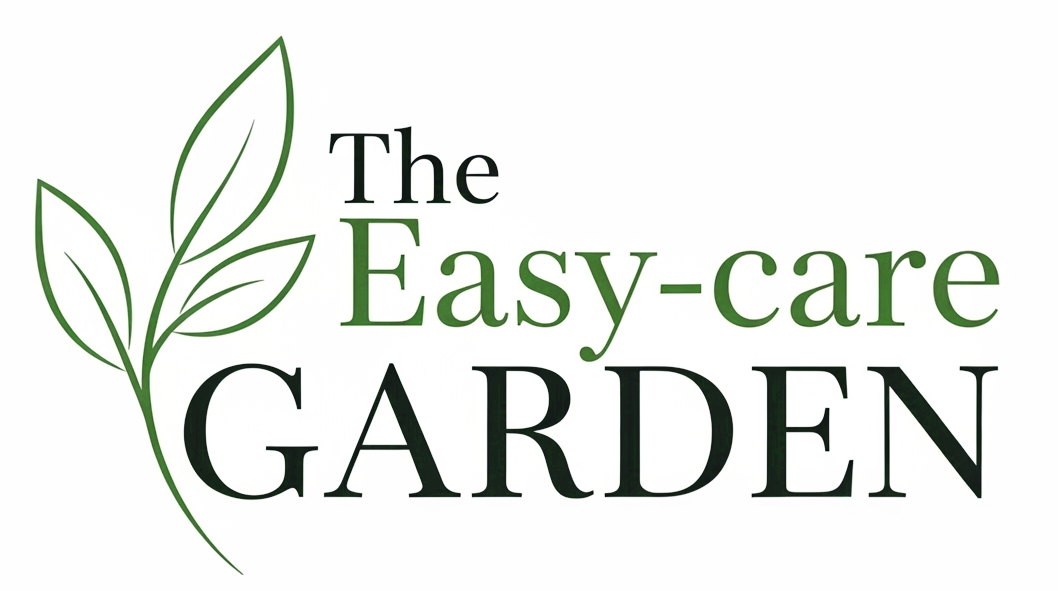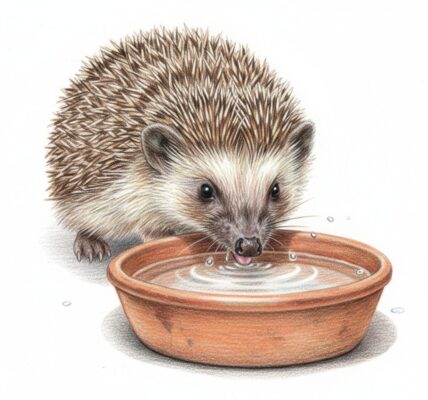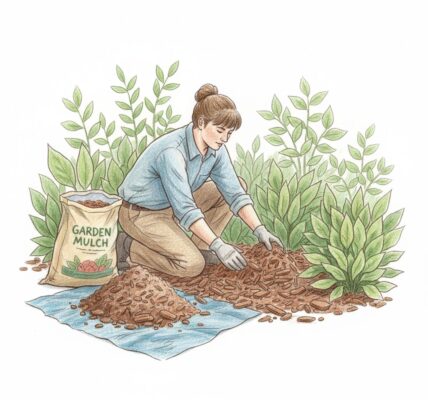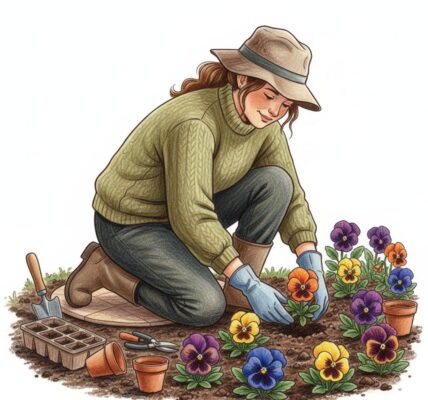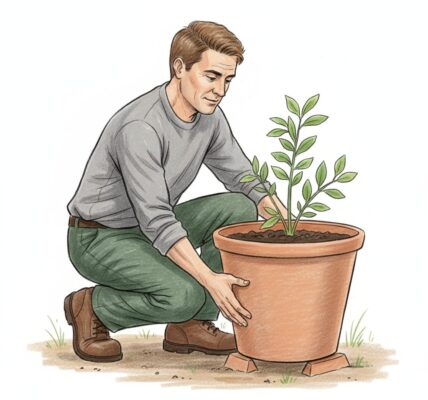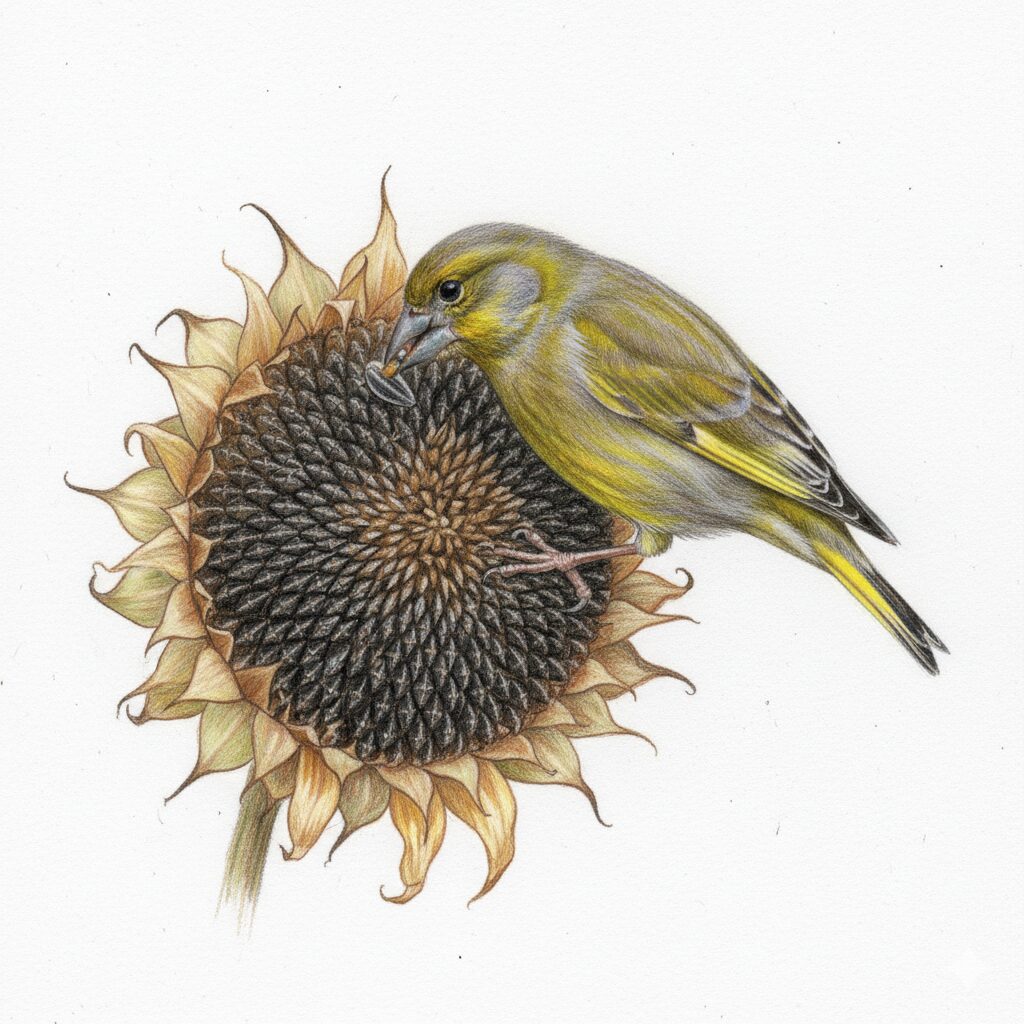
As we slip into October, the way we look at our gardens changes. It’s no longer about maintenance; it’s all about getting ready for winter. I know the feeling – the urge to grab the shears for one final autumn tidy-up is powerful! But for those of us who prefer an easy-care, wildlife-friendly approach, this is the month to simply put the tools down. Instead of cutting back all those faded perennials and stripping off every last seed head, leaving them right where they are until next spring is actually one of the smartest and kindest things you can do. You are essentially transforming your garden into a natural winter pantry offering essential food for the birds and small creatures who are desperately trying to build up reserves for the cold months ahead.
Think about it: the plants that gave us so much joy all summer are now quietly creating their own hidden stores. Those big, bold sunflower heads are packed with oily seeds, and the dried structures of things like rudbeckia and verbena, along with the lovely plumes of ornamental grasses, are all filled with valuable nutrition. Small birds, particularly finches and tits, will pick through your garden looking for this natural bounty. By resisting the urge to tidy up now, you’re guaranteeing a reliable, continuous food source that requires zero effort from you. It’s a wonderful, low-effort act of generosity that keeps your garden lively and full of beautiful birds feeding.
This practice offers so much more than just a wildlife boost; it truly elevates your October garden’s aesthetic. Those strong, dried-out stems and sculptural seed heads take on a wonderful architectural quality, giving your garden structure and interest long after the flowers have gone. Wait until the weather gets chilly: when the morning dew turns to frost, these skeletal forms catch the light beautifully, creating a sophisticated, winter-ready landscape. This hands-off style proves that supporting a thriving, natural ecosystem doesn’t mean sacrificing beauty. In fact, it often introduces a much deeper, more naturalistic charm. By simply making the choice to leave the seed heads, you’re fostering a stronger, more resilient, and ultimately more interesting garden right through autumn and into winter.
